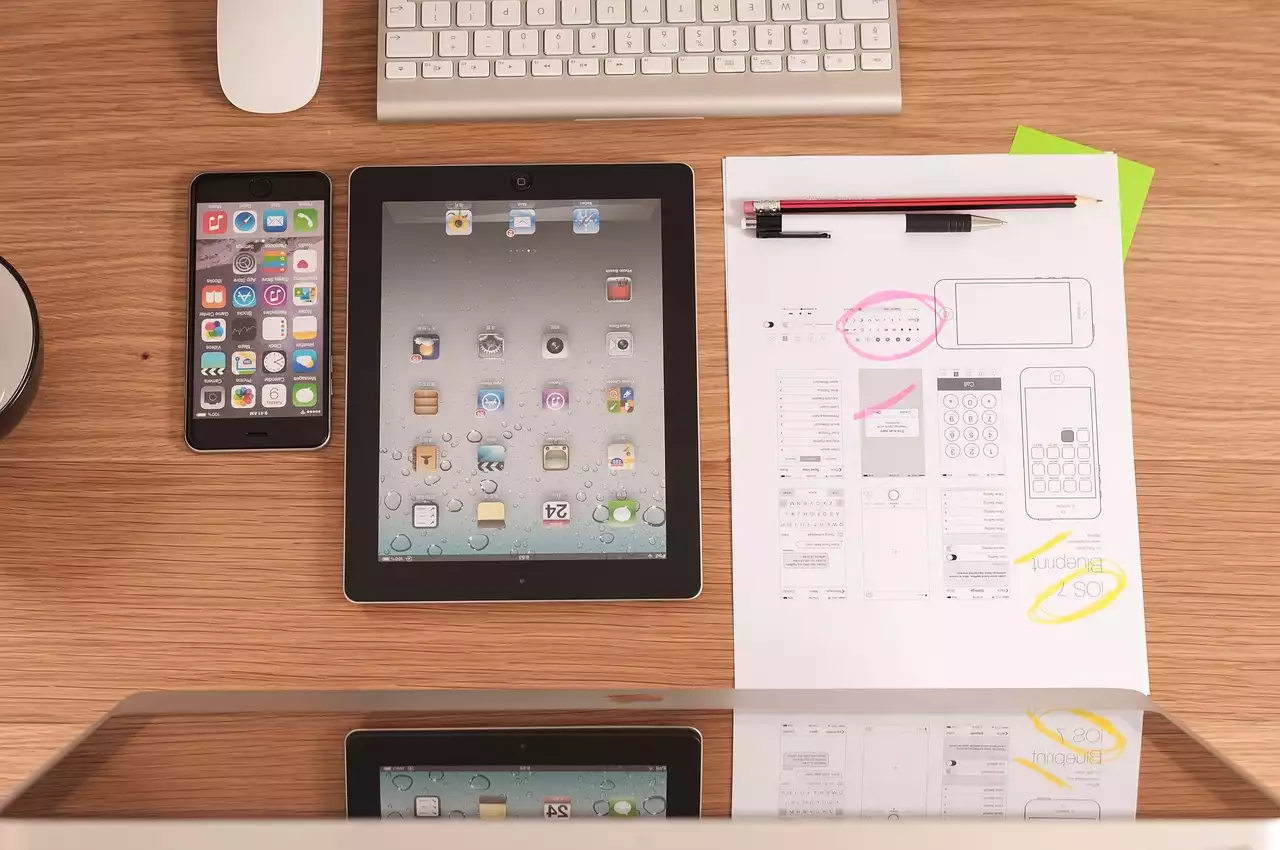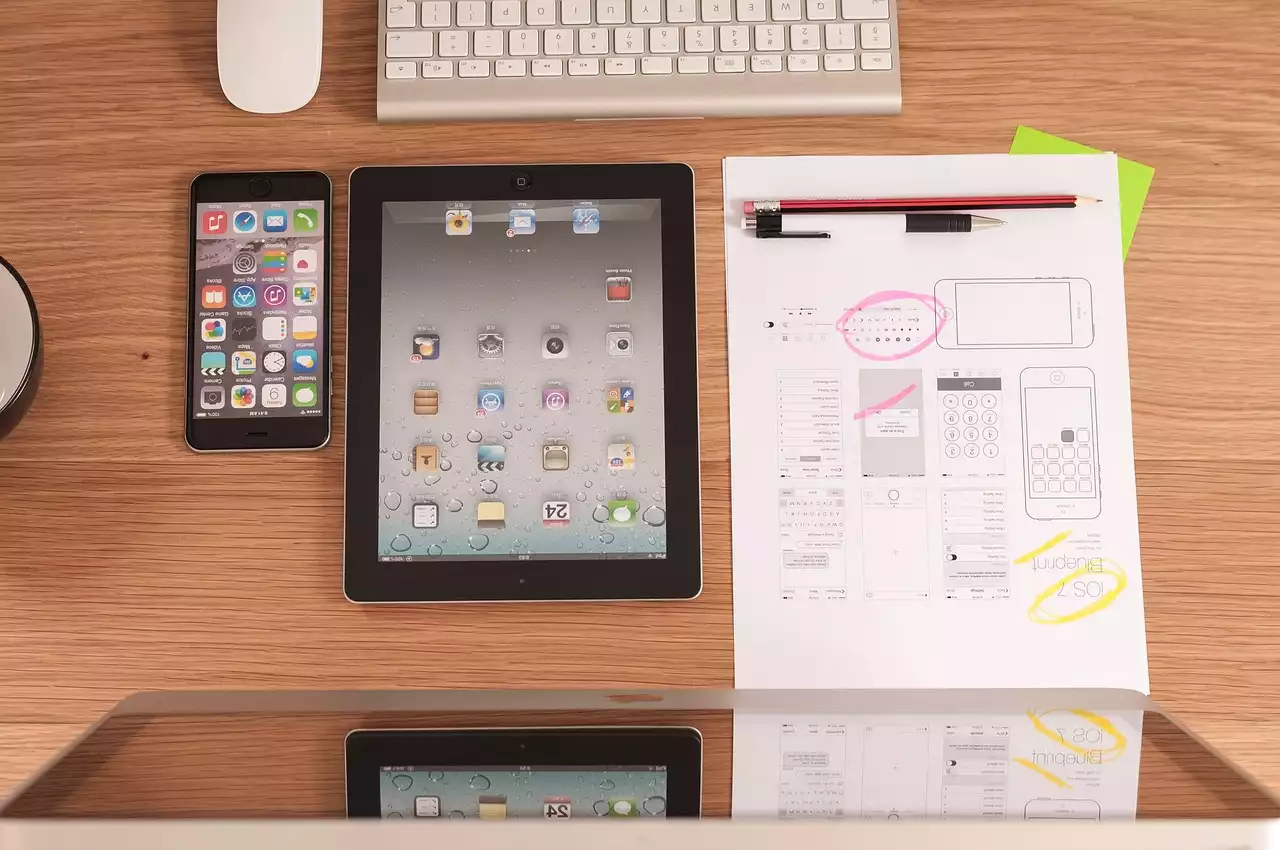What is UX Design?
UX design is the process of designing digital products, such as websites, apps, and software, with a focus on the user's experience. This includes everything from the layout of the website or app to the way users interact with the product. UX designers work to create products that are easy to use, intuitive, and enjoyable for the end user.
At its core, UX design is about understanding the needs, behaviors, and emotions of the user. By understanding these aspects, UX designers can create digital products that meet the user's needs and make their experience as seamless as possible. UX design is not just about making a product look good, but about making it functional and useful for the end user.
The Importance of UX Design
In today's digital landscape, users have high expectations when it comes to the products they use. They expect products to be easy to use, intuitive, and enjoyable. If a product doesn't meet these expectations, users will quickly move on to a competitor's product. This is where UX design comes in.
UX design is important because it can make or break a brand's success in the digital world. A well-designed product can lead to increased user engagement, higher conversion rates, and improved customer loyalty. On the other hand, a poorly designed product can lead to frustrated users, decreased engagement, and a negative impact on the brand's reputation.
By investing in UX design, businesses can ensure that their products meet the needs and expectations of their users. This can lead to increased customer satisfaction, improved brand reputation, and ultimately, increased revenue.
The Impact of UX Design on User Satisfaction and Business Success
The impact of UX design on user satisfaction and business success cannot be overstated. A well-designed product can lead to increased user engagement, higher conversion rates, and improved customer loyalty.
For example, let's say you're in the market for a new online shopping platform. You come across two different websites: one with a clunky layout, confusing navigation, and slow load times, and another with an intuitive layout, easy navigation, and fast load times. Which website are you more likely to use? The second one, of course. This is the power of UX design.
By creating products that are easy to use, intuitive, and enjoyable, businesses can improve the user's experience and increase their satisfaction with the product. This can lead to increased customer loyalty, improved brand reputation, and ultimately, increased revenue.
Key Principles of UX Design
There are several key principles of UX design that every UX designer should be familiar with. These principles are the foundation of good UX design and include:
1. User-centered design
User-centered design is the practice of designing products with the user's needs and behaviors in mind. This means understanding the user's goals, motivations, and pain points and designing the product to meet those needs.
2. Usability
Usability refers to the ease with which a user can use the product to achieve their goals. A usable product is one that is easy to use, intuitive, and requires minimal effort on the part of the user.
3. Accessibility
Accessibility refers to the design of products that can be used by people with disabilities. This includes designing for visual, auditory, and motor impairments.
4. Consistency
Consistency refers to the use of consistent design patterns throughout the product. This includes consistent navigation, labeling, and visual design.
5. Feedback
Feedback refers to the use of visual and auditory cues to provide users with feedback on their actions. This can include things like button animations, sound effects, and confirmation messages.
By following these principles, UX designers can create products that are easy to use, intuitive, and enjoyable for the end user.
The UX Design Process
The UX design process is a series of steps that UX designers follow to create digital products that meet the needs of the user. The process includes:
1. User research
User research is the process of understanding the needs, behaviors, and emotions of the user. This can include things like conducting user interviews, surveys, and usability testing.
2. Designing for user experience
Designing for user experience involves creating wireframes, prototypes, and visual designs that meet the needs of the user. This includes things like creating an intuitive layout, easy navigation, and clear labeling.
3. Usability testing
Usability testing involves testing the product with users to ensure that it meets their needs and is easy to use. This can include things like A/B testing, usability testing, and user feedback.
4. Iteration
Iteration involves making changes to the product based on user feedback and testing. This can include things like refining the layout, changing the navigation, or improving the visual design.
By following this process, UX designers can create products that are intuitive, easy to use, and enjoyable for the end user.
User Research: Understanding your Users' Needs and Behaviors
User research is a crucial aspect of UX design. By understanding the needs, behaviors, and emotions of the user, UX designers can create products that meet their needs and make their experience as seamless as possible.
There are several methods of user research that UX designers can use, including:
1. User interviews
User interviews involve talking to users to understand their needs, behaviors, and emotions. This can provide valuable insights into the user's experience and help UX designers create products that meet their needs.
2. Surveys
Surveys can be used to gather quantitative data on user behavior and preferences. This can provide valuable insights into the user's needs and help UX designers create products that meet those needs.
3. Usability testing
Usability testing involves testing the product with users to identify usability issues and areas for improvement. This can provide valuable insights into the user's experience and help UX designers create products that are easy to use.
By conducting user research, UX designers can gain a deeper understanding of their users and create products that meet their needs and make their experience as seamless as possible.
Designing for User Experience: User-Centered Design and Usability Testing
Designing for user experience involves creating wireframes, prototypes, and visual designs that meet the needs of the user. This includes creating an intuitive layout, easy navigation, and clear labeling.
User-centered design is the practice of designing products with the user's needs and behaviors in mind. This means understanding the user's goals, motivations, and pain points and designing the product to meet those needs.
Usability testing involves testing the product with users to ensure that it meets their needs and is easy to use. This can include things like A/B testing, usability testing, and user feedback.
By designing for user experience, UX designers can create products that are easy to use, intuitive, and enjoyable for the end user.
UX Design Tools and Techniques
There are several UX design tools and techniques that UX designers can use to create digital products that meet the needs of the user. These include:
1. Wireframing tools
Wireframing tools can be used to create low-fidelity mockups of the product. This can help UX designers to quickly iterate on design ideas and get feedback from users.
2. Prototyping tools
Prototyping tools can be used to create high-fidelity interactive prototypes of the product. This can help UX designers to test the product with users and identify areas for improvement.
3. User testing tools
User testing tools can be used to test the product with users and gather feedback. This can include things like A/B testing, usability testing, and user feedback.
By using these tools and techniques, UX designers can create products that meet the needs of the user and make their experience as seamless as possible.
Trends and Future of UX Design
The world of UX design is constantly evolving, with new trends and technologies emerging all the time. Some of the current trends in UX design include:
1. Voice user interface
Voice user interface (VUI) is a technology that allows users to interact with digital products using voice commands. This is becoming increasingly popular with the rise of smart speakers and virtual assistants.
2. Augmented reality
Augmented reality (AR) is a technology that overlays digital information onto the real world. This is becoming increasingly popular in areas like retail and entertainment.
3. Minimalism
Minimalism is a design trend that emphasizes simplicity and clarity. This can include things like simple layouts, clear labeling, and minimal use of color.
The future of UX design is likely to involve even more focus on the user's experience and the use of emerging technologies like VUI and AR.
Why Investing in UX Design is Crucial for Your Business
Investing in UX design is crucial for businesses that want to succeed in today's fast-paced and highly competitive digital landscape. By creating products that are easy to use, intuitive, and enjoyable for the end user, businesses can improve the user's experience and increase their satisfaction with the product. This can lead to increased customer loyalty, improved brand reputation, and ultimately, increased revenue.
UX design is a crucial aspect of digital marketing that can make or break a brand's success. By understanding the needs, behaviors, and emotions of the user and designing products that meet those needs, UX designers can create products that are easy to use, intuitive, and enjoyable for the end user. So, whether you're a marketer, designer, or just interested in improving your digital experiences, investing in UX design is crucial for your business.










